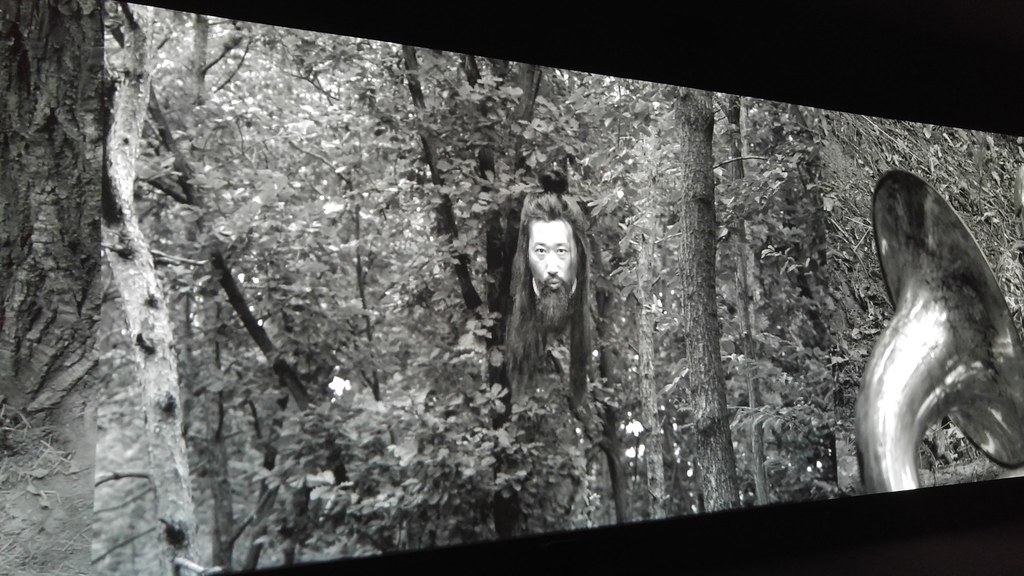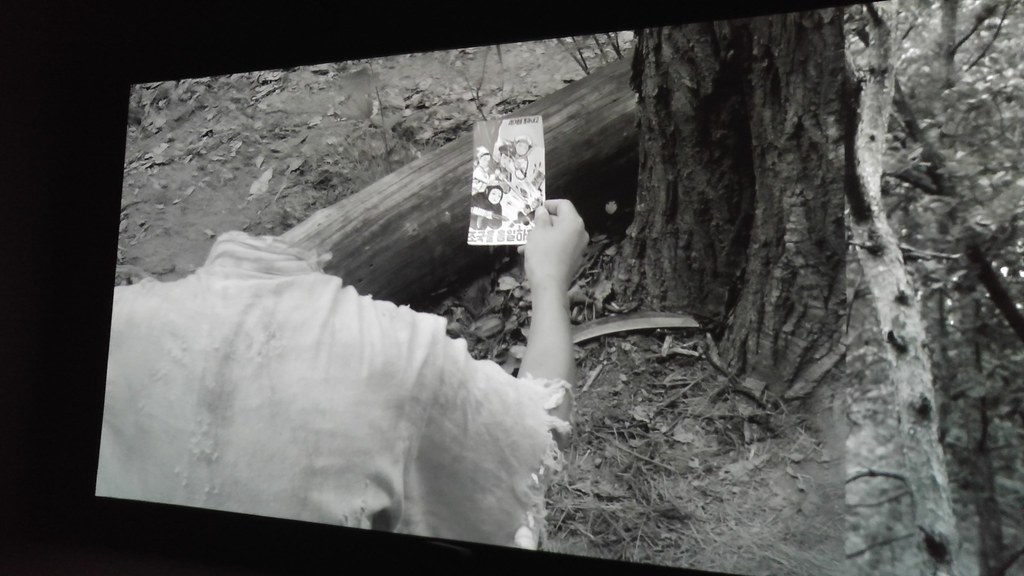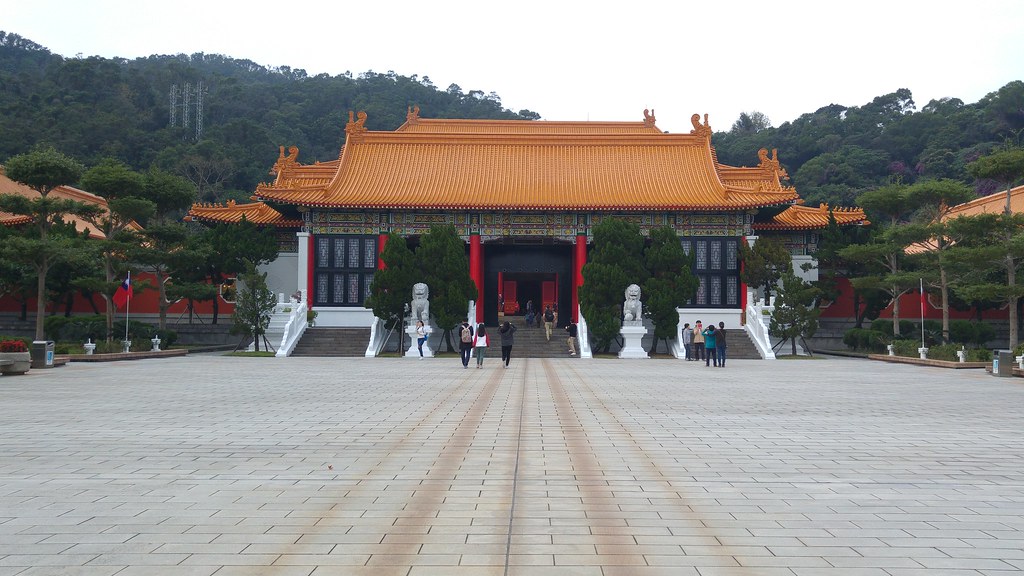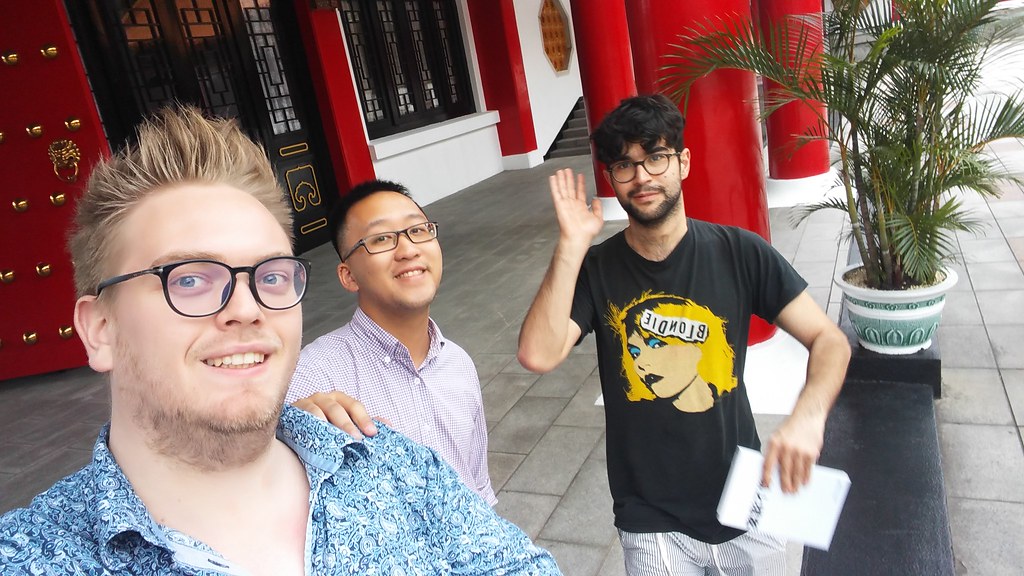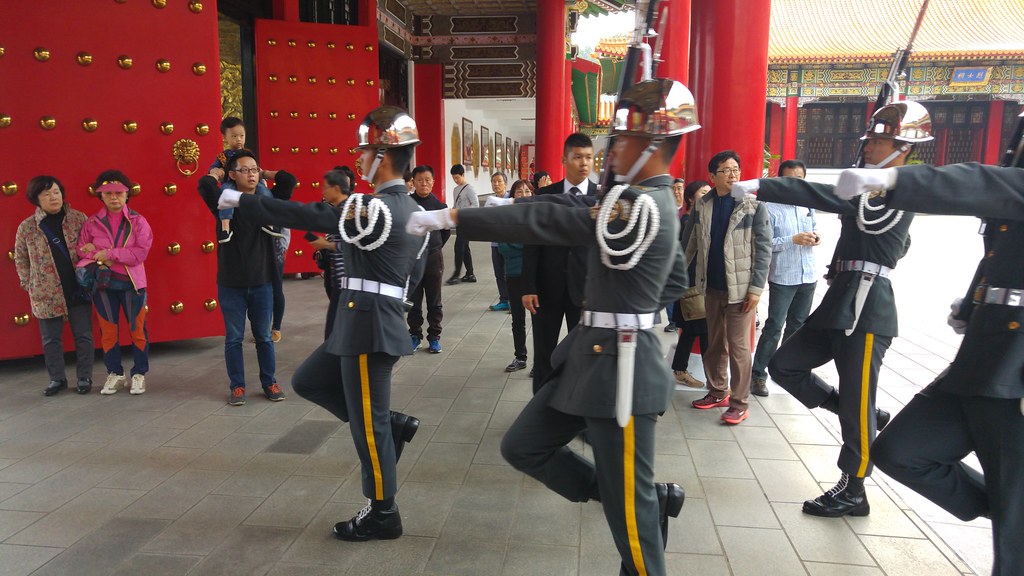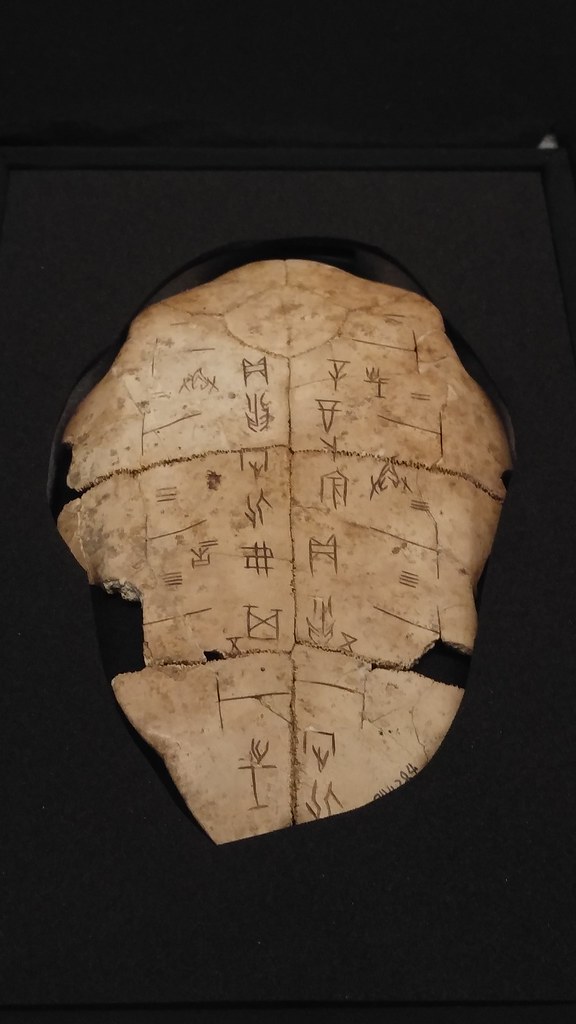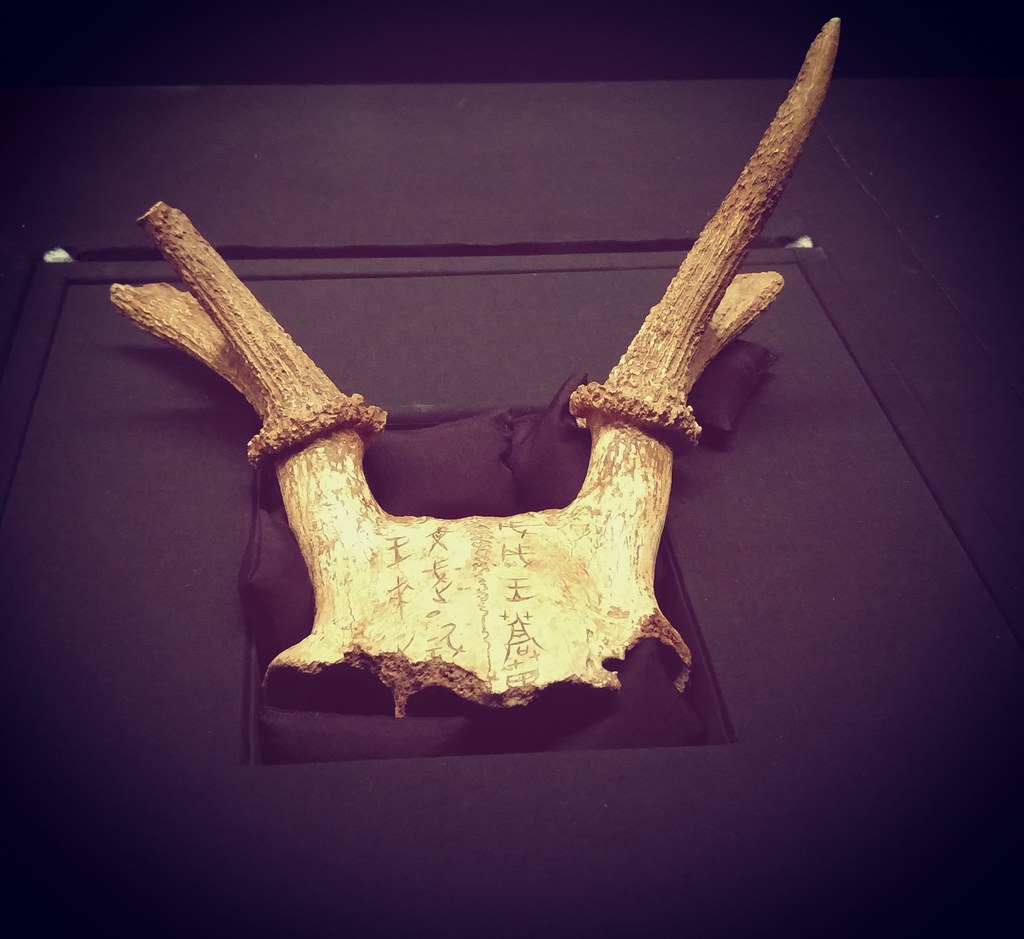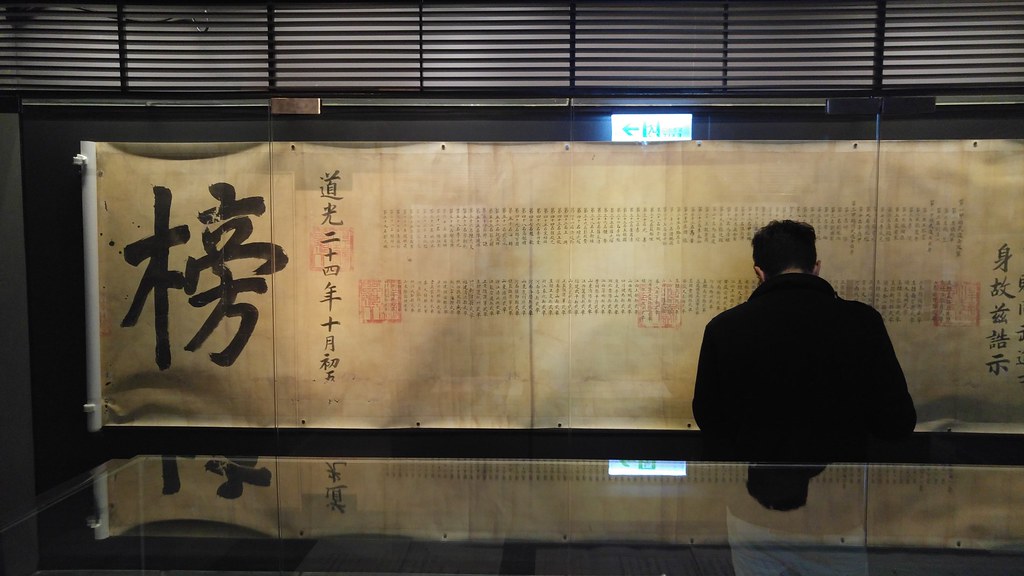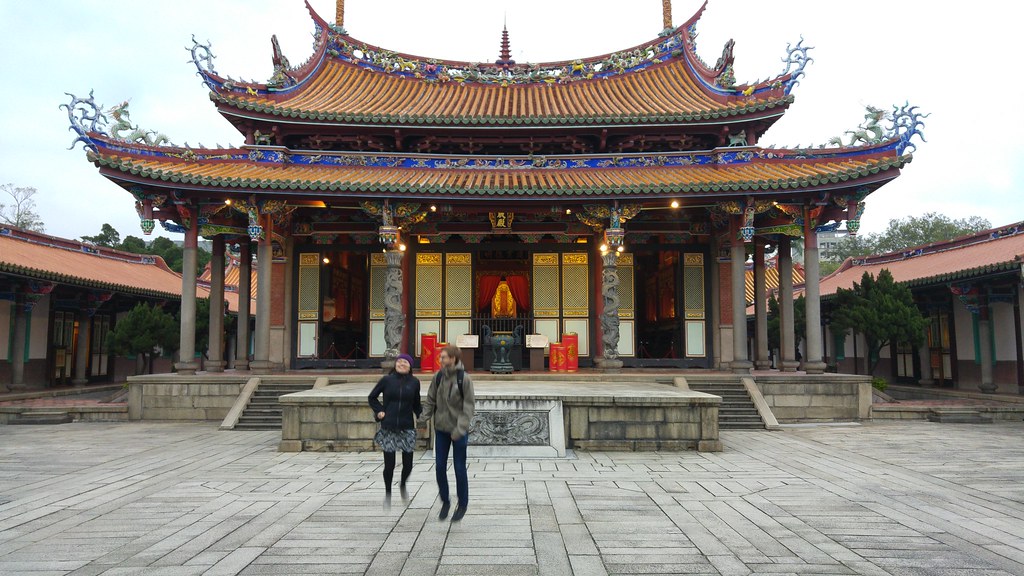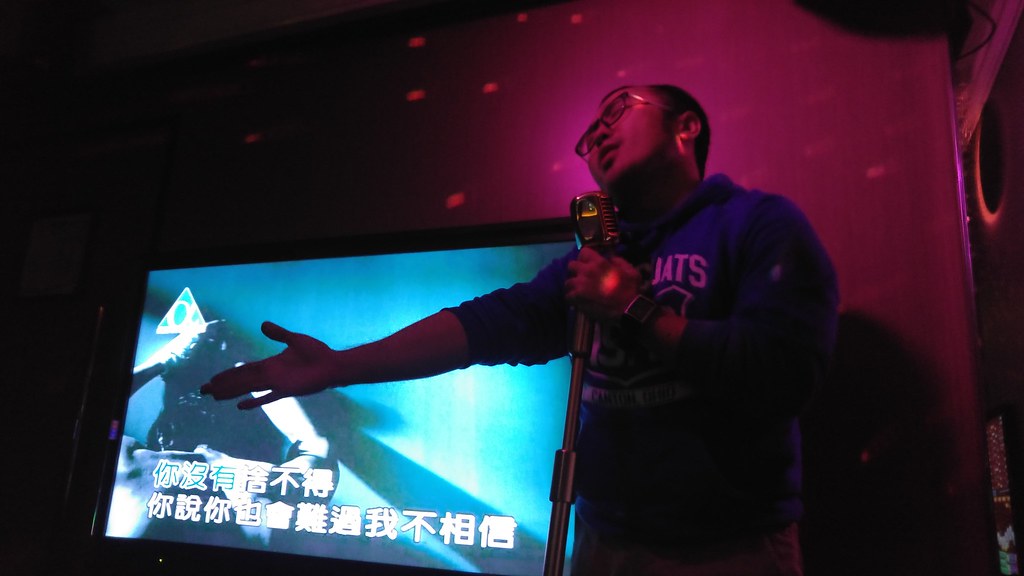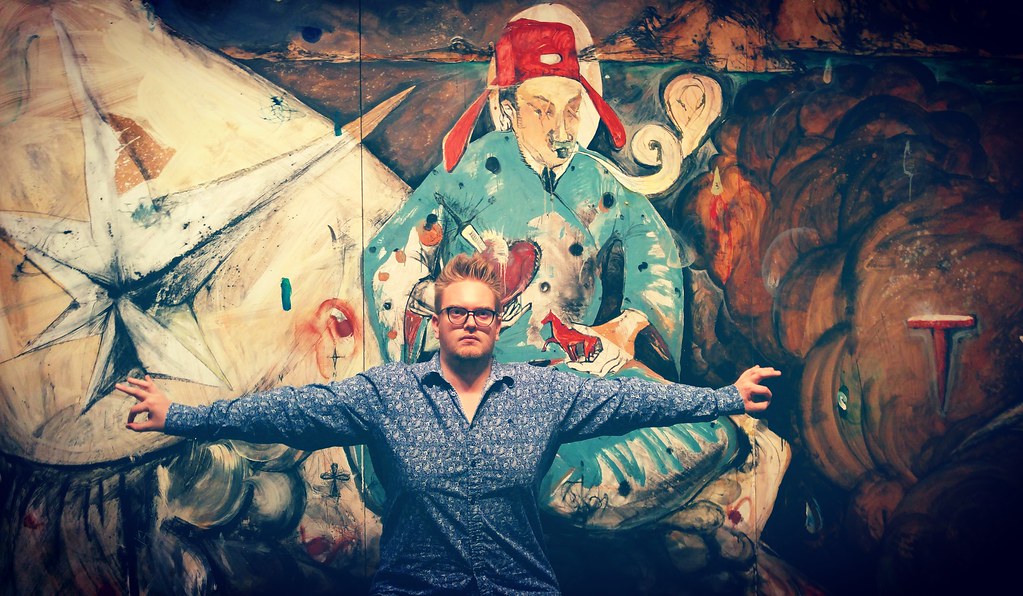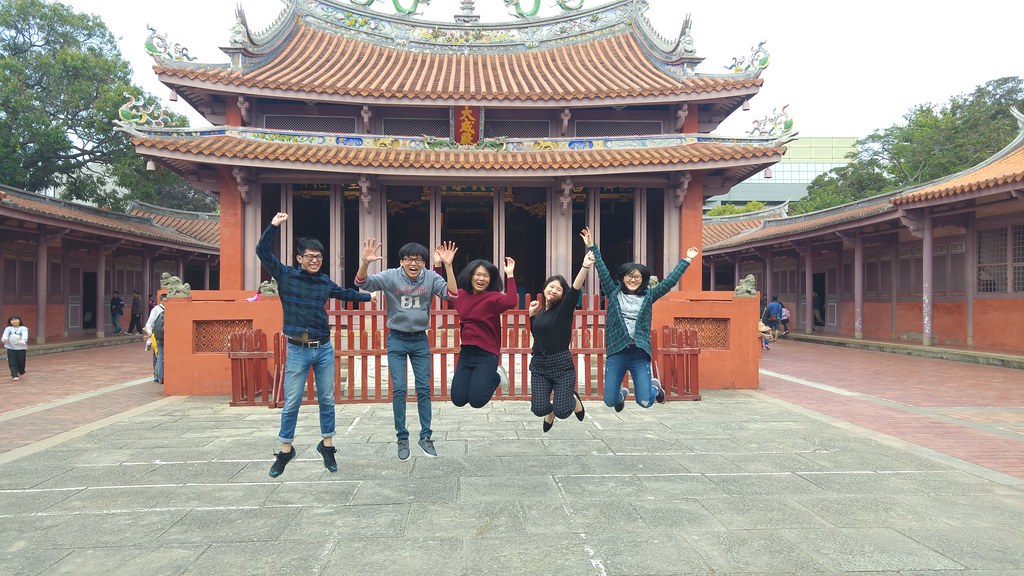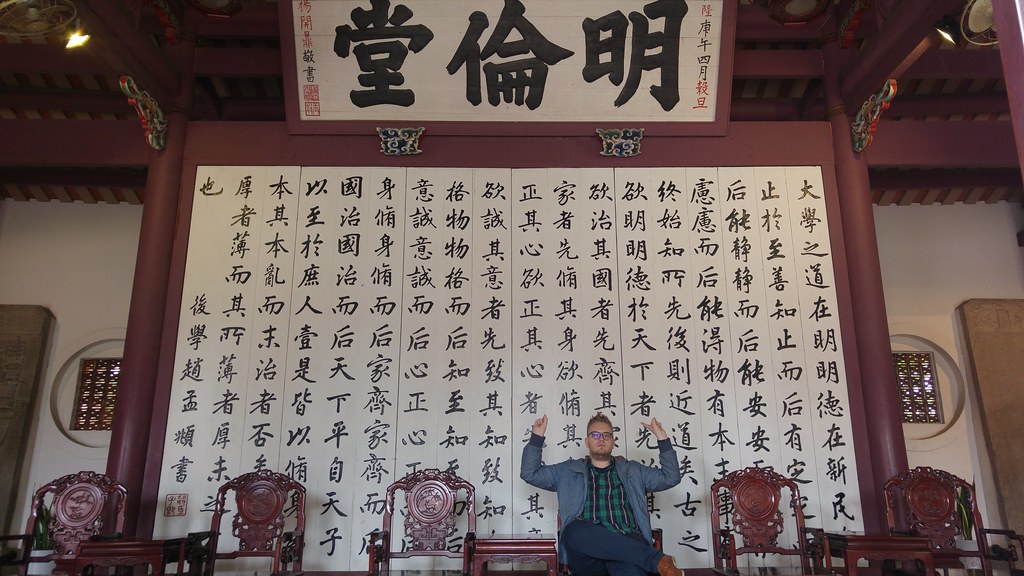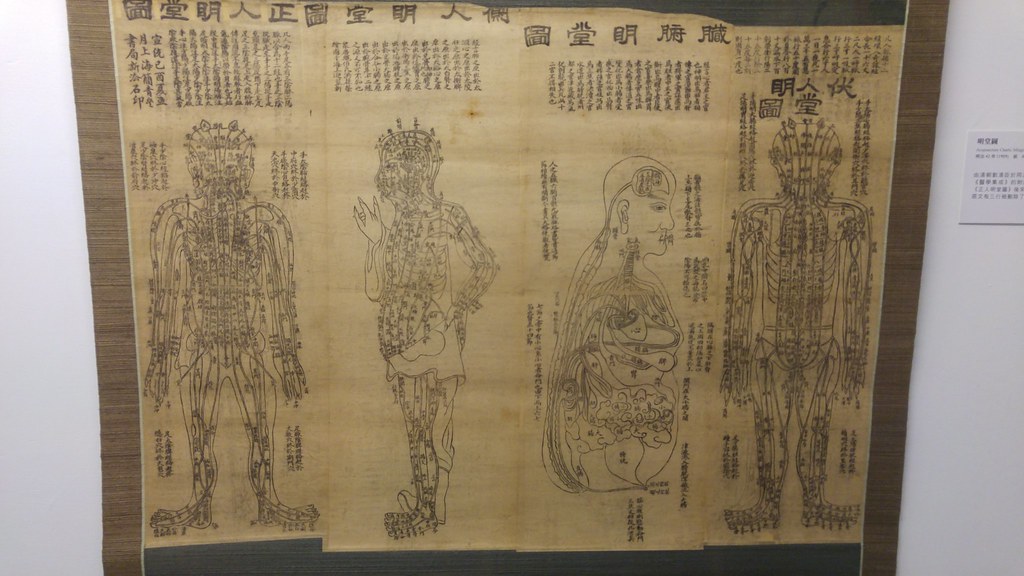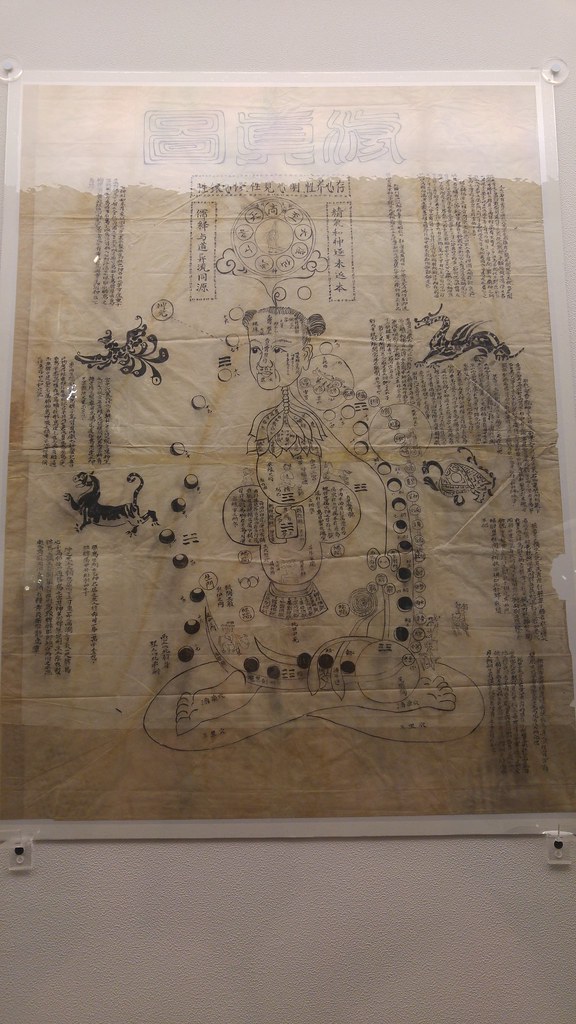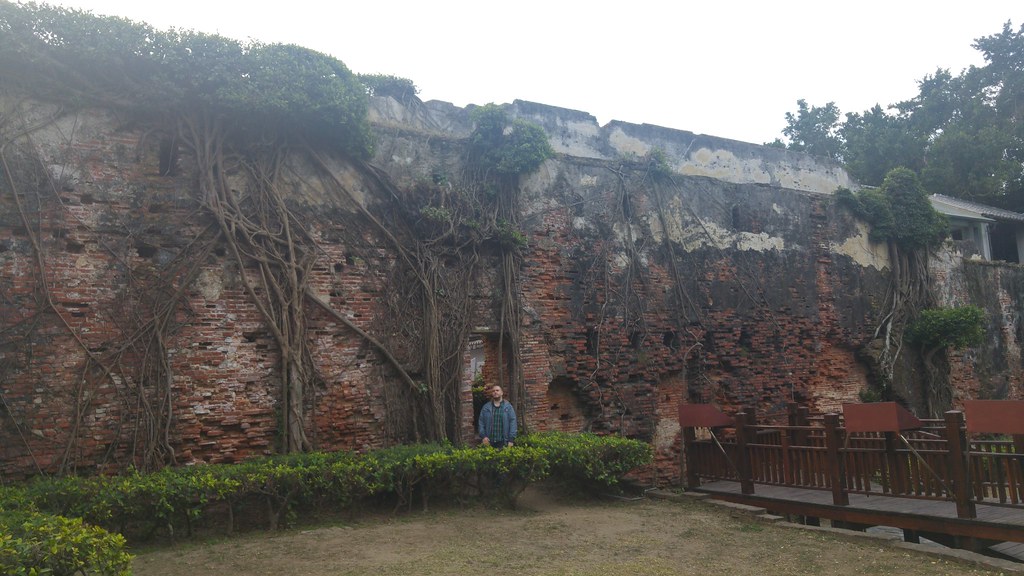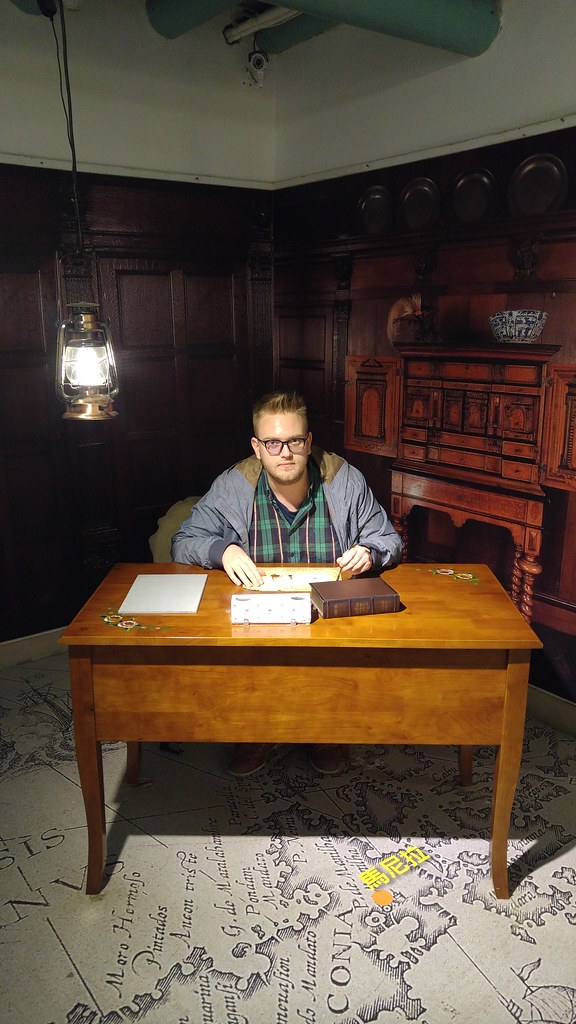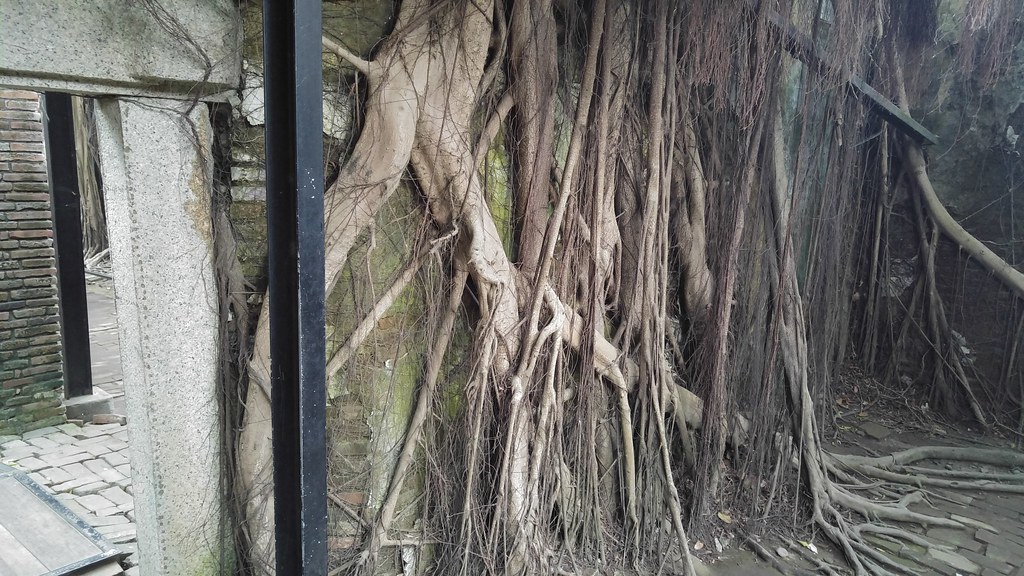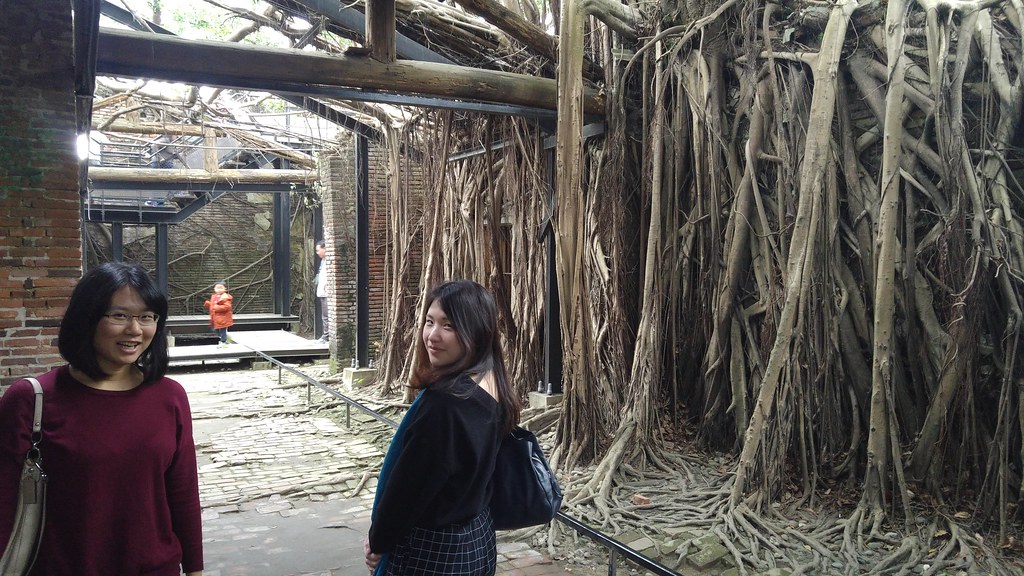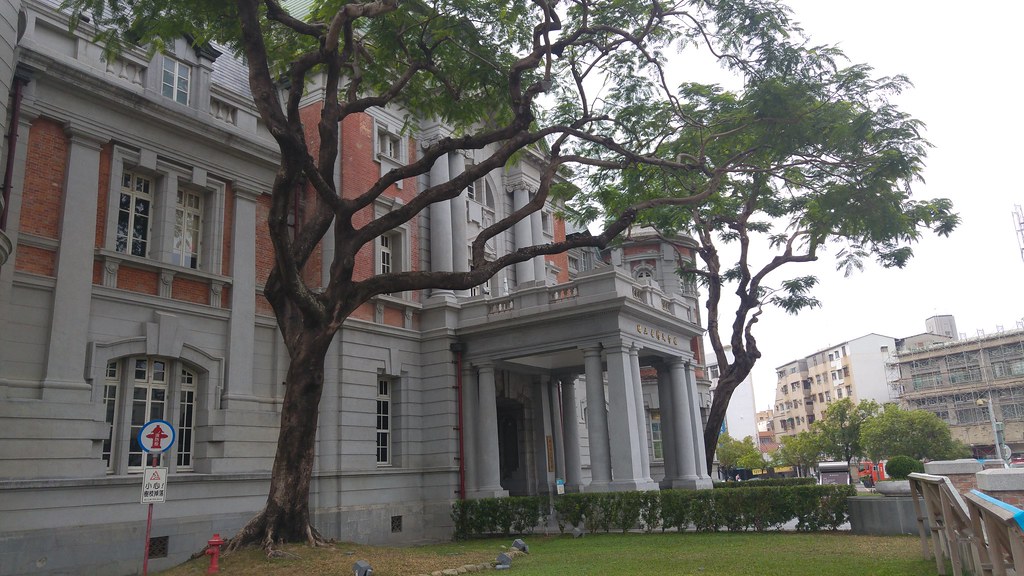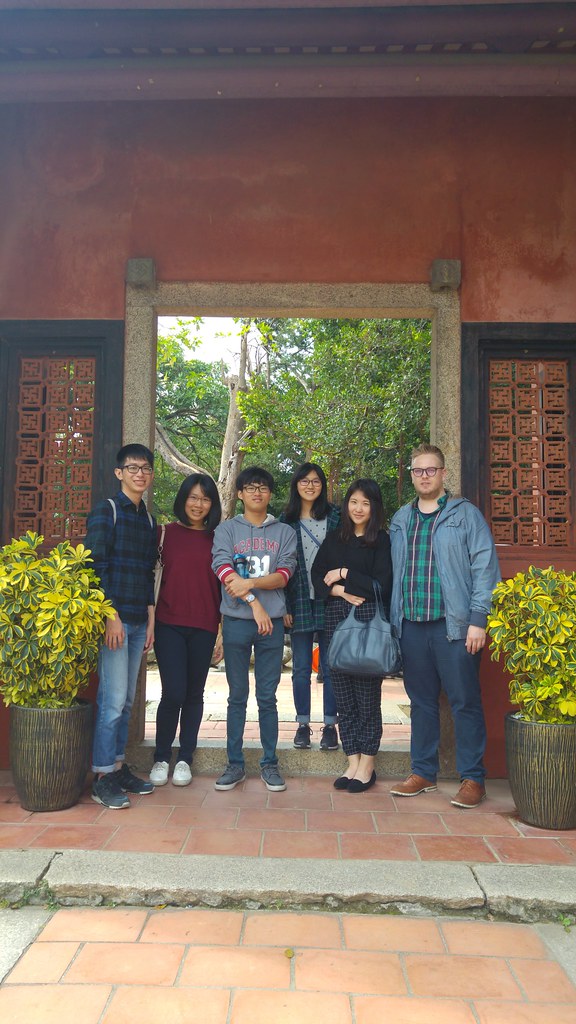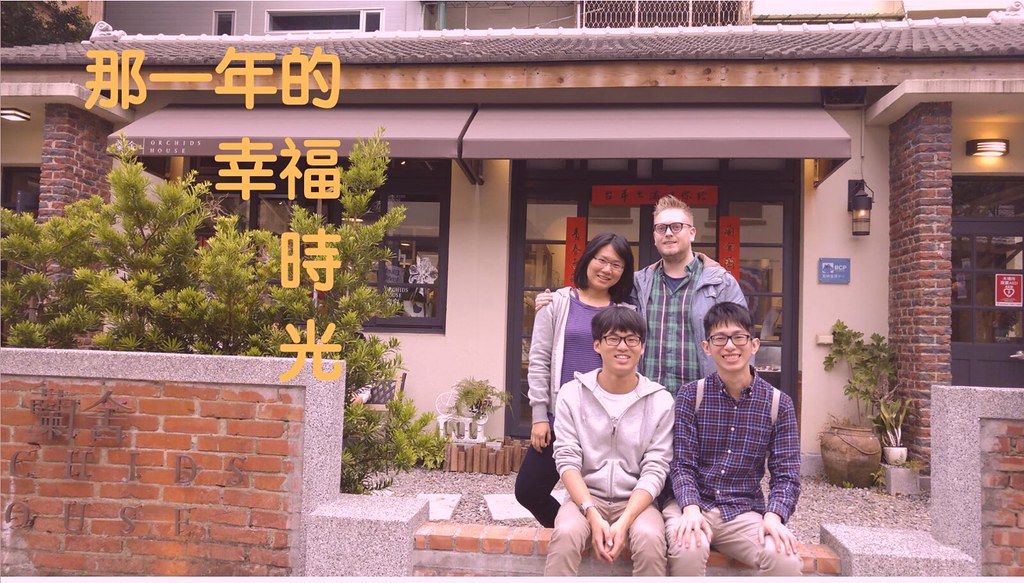Breaking Winter
A New Year
After my trip to Japan ( read more about it here) and my department’s Christmas parties upon my return, and of course upon reaching the end of December, there was the annual New Year’s Celebration. It’s kind of funny because with this even we really get in a cyclical kind of post. That is to say, I wrote about this last year as well. If you want to see beautiful pictures of the big tower Taipei 101 ‘exploding with fireworks’, I strongly suggest you look at my post of last year. This year I spent New Year in a more private setting, far away from the tower. However, I did take a ride on the ferris wheel (note: Dutch reuzenrad ‘giant-s-wheel’) and I had the best macaroni and cheese ever made in Taiwan. A very traditional New Year’s celebration indeed. Here is a summarizing picture. As you can see, the Taipei 101 fireworks from the outskirts of Taipei has an air of nuclear explosions.
España por favor
But, as you may have expected, this post is not only about New Year. Rather, it is about how I spent January and February 2017. Since the autumn semester here in Taiwan ends mid-January, I had about two weeks of final presentations and final papers that kept me up in the first fortnight of the new year. Well that was fun! Especially because near the end of that period I got a visit from my eSpanish amigo Guillermo. Now you may remember that I went to visit him during his exchange in Shanghai, last October. This was the return match. We went to all his favourite places he wanted to go to or that he used to frequent when he was studying here last year. This mostly comes down to having breakfast in a traditional Taiwanese place where they have stuff like doujiang 豆漿 ‘soy milky things’.
We also went to the Taipei Fine Arts museum (see this post) where there were some crazy exhibitions, in particular this Korean black-and-white movie.
After that we went to the Martyr’s Shrine 命忠烈祠, a place where they honour the soldiers that fell defending the republic. It looks a lot like Chiang Kai-Shek Memorial Hall, especially with the young soldiers performing their military service with a kind of acrobatic change of guard every hour or so.
On the day Guillermo was leaving he took me to a museum he had been going to and whose existence I wasn’t really aware of: the Museum of the History and Philology of Academia Sinica 中研院歷史文物陳列館. Academia Sinica 中研院 is a national academy of Taiwan that is quite famous for its research in hard sciences like physics, mathematics etc., but also bio-sciences and humanities, especially in the realms of archeology cum sinology. One of the most famous presidents of the institution (also the first?) was Hu Shi 胡適, an ex-president of Peking University in China and a nominee of the Nobel Prize of Literature in 1939. During my master’s degree in Sinology in Leuven we had to read some his writings, especially about his reinterpretation of Chinese philosophy, which definitely is considered as a standard work in the that field. Fond memories.
Anyway, what I really wanted to see in the museum were the oracle bones. As you may know, or not, Chinese characters were first written on the belly of turtle shells after the backside had been used in a divination ritual: shamans/priests would take a question from a consulter, carve the question on the turtle shell, throw it in the fire, wait until they heard the cracking and then interpret these patterns as either a positive, negative or undecided answer. They would write down the answer on said turtle shell and may ask the question again if it was really important (like: am I going to get a son, finally, or a 17th daughter? This is exaggerated, but apparently these were real issues for the ancient Chinese nobility). The most interesting for me, however, is that they called this divination ritual bu 「卜」. Now, you may see that the character 卜 itself looks like cracks of the turtle shell (correct), but what comes with that is the pronunciation of Mandarin bù, which used to be more something like pok or puk. Yes, this is a SOUND ideophone (onomatopaeic) word that depicts the sound of cracking of the turtle shell. Neat. Here are oracle bones on turtle shells and also on deer antlers.
Other worthwhile stuff in the museum is the Manchu (and other Qing dynasty) scripts that were taken to Taiwan in the 1940s. There is actually much more to see in this museum and I cannot recommend it enough.
Belgian Beijing’ers
A bit later I got a visit from my friends Lili and Ewoud who are both studying in Beijing. Here we are near Chiang Kai-Shek Memorial Hall and the two of them jumping in the Confucius temple.
Other fun moments I had were going to karaoke (KTV) with my department mates, and I can’t not show this picture that shows my dear PhD colleague Chester in full karaoke passion. This is how any good performance should be (and I mean that in all earnestness).
And here are three more pictures of me: reading a book written in blood (I forgot where); earthbending in the museum in Keelung where I went with my Japanese friend Saito, his wife and my Keelung Klassmate Mergen; and posing in front of some Chinese art.
My Tainan family
One of the most memorable trips during this winter break was my trip to my Tainanese 台南 classmates. Ask any person from Tainan and they will tell you that Tainan is the real capital of Taiwan or the real Taiwan, where life passes slower, especially in comparison to the ‘City of Dragons’, a.k.a. Taipei. And thus I found myself with Taipeiese classmate April boarding the HSR on a Saturday morning in February. We were greeted by Taco, Hanna, Nick and Craig in Taipei. I had an amazing trip. I had been to Tainan before, in the summer of 2014, but these visits are always better if you have a guide, and I had four. What I wanted to visit (again) was the Confucius temple, so that’s where they took us first. Of course we jumped there as well.
And in the back there is this massive rendition of the opening paragraph of the Great Learning (Daxue 大學), one of the four books canonized in the Chinese intellectual tradition. This opening paragraph was one of the things we had to learn by heart in the second year for Classical Chinese and it’s buried pretty deep in mine, up to the point I can still recite it and used part of it in my acceptance speech of my scholarship last year. Here is a swag picture.
Also for that same course we had to make a diagram or schema that summarized the key concepts of that text. I decided to go for a Chinese landscape inspired diagram, infused with the Taipei 101 and the Chinese pavilion used in the World Exhibition in Shanghai. Should you want to know more, just ask :)
Other things we saw in Tainan were the Koxinga-related temple and an exhibition on Taoism next to it. God I love these Taoist diagrams.
Now, things I hadn’t seen last time (because I did not know where they were) were Fort Zeelandia (Anping gu bao 安平古堡), a Dutch fortress built with a mortar consisting of a mixture of sugar, sand, ground seashells and glutinous rice. Those Hollanders really can use anything to build. No windmills in Tainan though.
Next to it is a small museum for a famous calligrapher. We displayed our water calligraphy skills.
And a bit further is the Anping Treehouse, a complex of walls (previously with roofs?) that is overrun by roots of trees. A supercool place. I will use pictures to express my sentiments.
Now, to wrap up this post, I should mention we went to the Museum of Literature, where they have a book of our department’s professor Chiang 江: Nanren de rutou 男人的乳頭 “The Nipples of Men”. Must be an interesting read. Here is what the museum looks like from the outside.
And finally, two family pictures I took with my super warm Taiwanese family (except for two daughters who left for Taipei a bit earlier). Thank you guys for the great trip!
Now can someone please help me get out of this tree?


